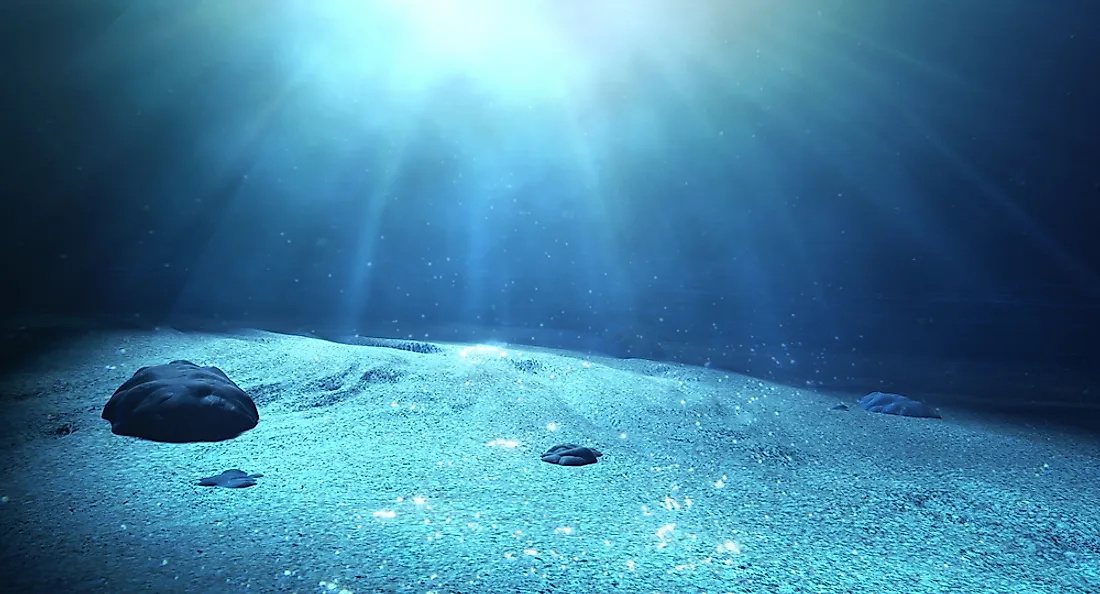What Is The Neritic Zone Of The Ocean?

In marine biology, the neritic zone (which is also known as the coastal ocean, the coastal waters, or the sublittoral zone) of the ocean refers to a shallow region that has a depth of about 660 feet. The zone, which is slightly above the continental shelf’s drop-off forms one of the most stable habitats for marine life such as corals and fish. This zone forms a good habitat because a decent amount of sunlight gets through, which allows for most organisms, especially photosynthetic plants, to thrive.
Location of the Neritic Zone
In physical oceanography, the neritic zone is defined as the region of the ocean where there is a substantial amount of energy dissipation as well as tidal flows. Similar to marine biology, this zone is considered to extend as far as the continental shelf’s edge. From the point of view of physical oceanography, this is the zone where the interaction between the oceanic system and the coast occurs.
Physical Characteristics
The zone has several characteristics including an abundance of nutrients and coarse sediments at the bottom, and plenty of marine biology. The waters in this zone also have sufficient oxygen to sustain the abundance of life. In addition, the proximity to the atmosphere means plants have adequate carbon dioxide for survival. As stated earlier, the zone also receives plenty of sunlight and has low salinity levels, which further allows photosynthetic plants to thrive. The shallow ocean floor, which is known as the benthic zone, has higher levels of stability than the intertidal zone, which has a smaller depth compared to the neritic zone.
Zones within the Neritic Zone
Aside from the intertidal and the supralittoral zones, scientists have further broken down the neritic zone into three. These subzones are the infralittoral zone, the circalittoral zone, and the subtidal zone. The infralittoral zone is the zone where algae dominate and has a depth of about 16.40 feet below the low water mark. The circalittoral zone is past the infralittoral and is the region where sessile animals like oysters live. The last zone is below the ocean’s intertidal zone, which means that it has never experienced exposure to the atmosphere.
Habitat
The habitat of this zone is perfect for the majority of marine life. For example, the higher amounts of sunlight received allows for high production levels of photosynthetic life forms such as floating sargassum and phytoplankton. Due to the high rate of growth of these life forms, other life forms that depend on the primary producers of food also exist in high numbers. Such life forms include the likes of zooplankton, shrimp, small fish, and other free-floating marine creatures. The creatures that feed on these photosynthetic life forms may also turn and eat one another. Consequently, these forms of life make up the lowest trophic levels of the food web in the zone. Other creatures of varying sizes also come to live in the zone due to a high abundance of food thus completing the middle and higher trophic levels of the food web.











